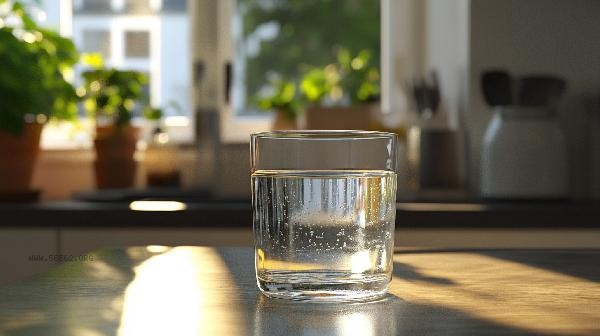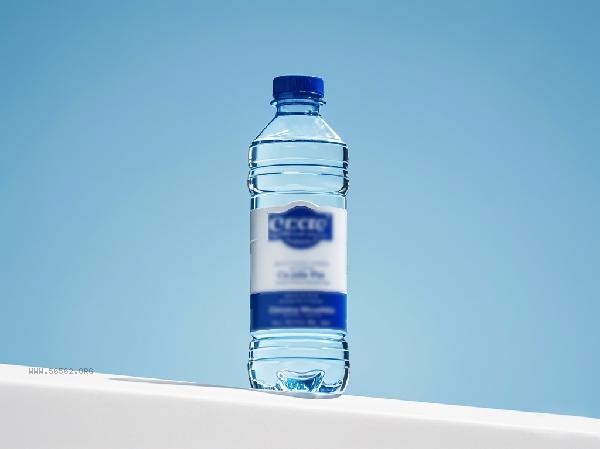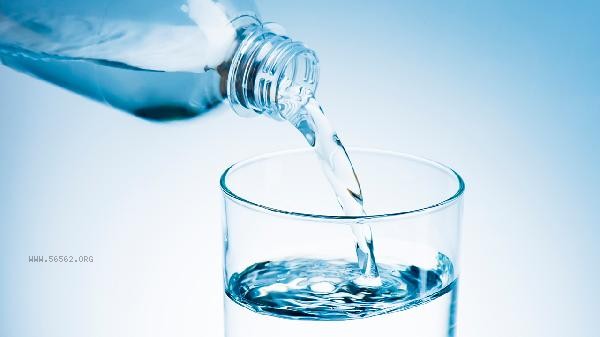The higher the osmotic pressure, the stronger the water absorption capacity, but there are certain limitations. Osmotic pressure refers to the ability of a solution to attract water molecules through a semi permeable membrane, and its magnitude is positively correlated with solute concentration. When the osmotic pressure increases, the concentration difference of water molecules between the solution and pure water or low concentration solution increases, which enhances the ability to drive water molecules to move towards the high osmotic pressure side. For example, intravenous injection of hypertonic glucose solution can quickly replenish blood volume, and clinical use of mannitol injection promotes brain tissue dehydration through high osmotic pressure. Plant roots also rely on the osmotic pressure difference between soil and cell sap to absorb water. When the osmotic pressure exceeds the physiological tolerance range, the water absorption effect may weaken or even reverse. Extreme high osmotic pressure environment can damage the cell membrane structure, and red blood cells may shrink in solutions with osmotic pressure exceeding 320mOsm/L. If the osmotic pressure of enteral nutrition solution is too high, it may actually cause osmotic diarrhea. Accurate control of dialysate osmotic pressure is required during hemodialysis to avoid the occurrence of imbalance syndrome.

Daily drinking water can be supplemented with functional drinks containing electrolytes to maintain fluid osmotic balance, but it is not advisable to drink drinks with high osmotic pressure for a long time. Individuals with renal dysfunction should pay special attention to controlling the intake of components such as sodium and protein in their food that affect osmotic pressure. If necessary, medication that regulates osmotic pressure, such as tolvaptan tablets, should be used under the guidance of a doctor.










Comments (0)
Leave a Comment
No comments yet
Be the first to share your thoughts!